
It will be tricky to choose where to go, so here are some classic destinations for enjoying the golden leaves which are beautiful this autumn. All that is left is to choose what you most want to see and enjoy—nature trails, castles, history or everything at once.
Tērvete Fairytale Kingdom
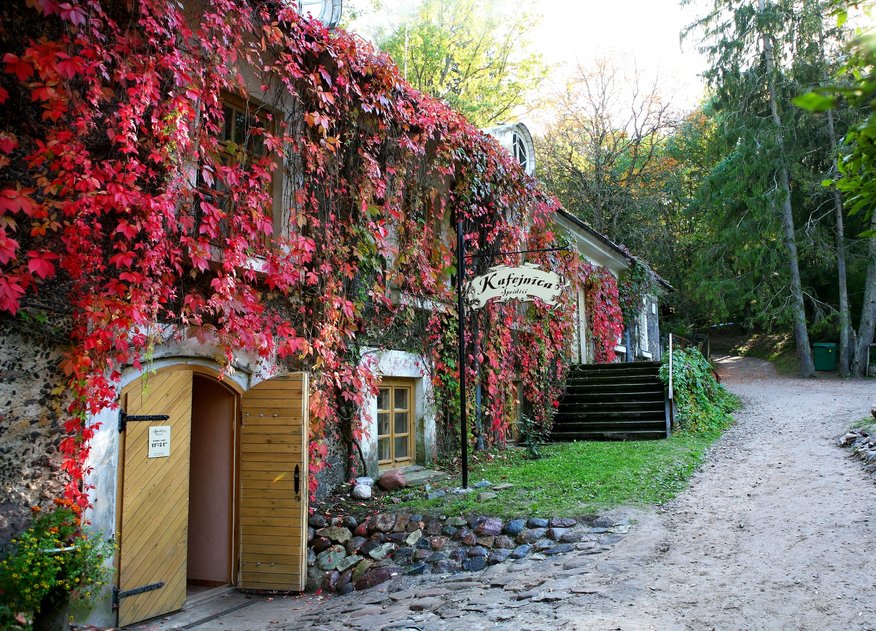
Autumn is a nostalgic time for remembering your childhood. It's a time of school trips, and when Latvia is tinged with the most impressive colours which inspire and cheer up even the dullest days. Writer Anna Brigadere's Little Annele's fairytale kingdom in Tērvete has been a favourite destination for children and adults for almost 60 years. Here's a small snapshot of the autumnal colours in Tērvete's Sun Park or Irši Garden.
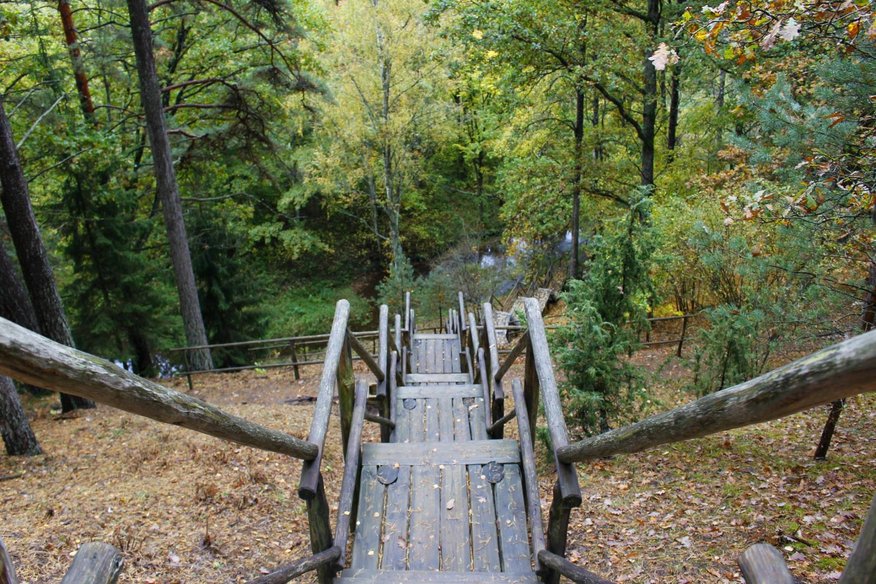
The Irši Garden is the oldest, most picturesque and quietest part of the Latvian State Forest nature park in Tērvete. The first installations in this territory were begun in 1958, and since that time it has been home to quiet, romantic trails, lovely sculptures from the stories of Brigadere, and various wooden attractions.
Daugavpils Fortress
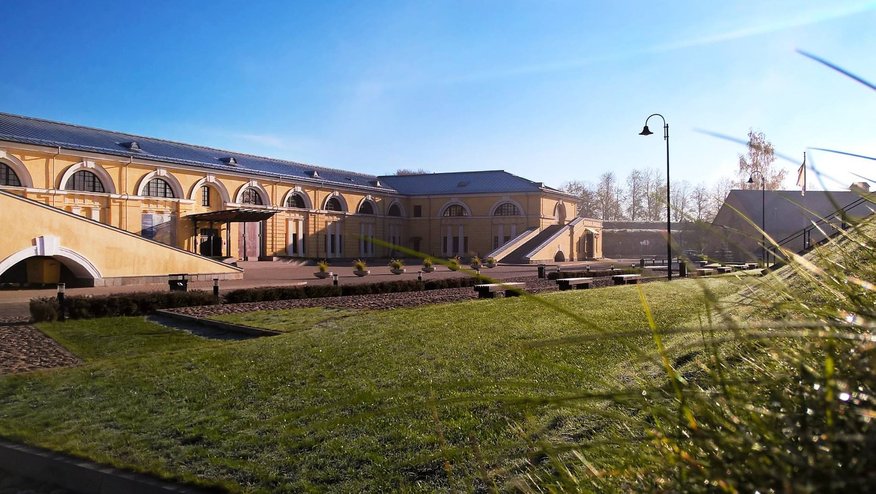
Daugavpils Fortress, which began construction in 1810, straddles the River Daugava. The left bank is the location of a bridge fortification (now a closed territory—Daugavgrīva Prison). Meanwhile, the right bank of the river hosts the main citadel, which covers an area of almost 150 hectares. At the moment, the trees in this city, which are so green in the summer, are brightly coloured, while the nighttime frost glistening in the morning rays make the old buildings almost glitter with autumnal peace.
From a birds-eye view, the fortress is shaped like a sun, star, tortoise or even a bat. This shape was necessary to eliminate "dead zones" and allow the enemy to be visible at all times. It is predicted that, today, around 85% of the fortress has been preserved. Nowadays, it is one of the most popular attractions in Daugavpils.
In April 2013, the former Artillery Arsenal (1830-1833) became the home of the Daugavpils Mark Rothko Art Centre (3 Mihaila Street), becoming a big draw for Latvian and overseas tourists. The centre has been designed very cleverly so that guests both big and small will find something interesting.
Tukums' Castles and Nature Trails
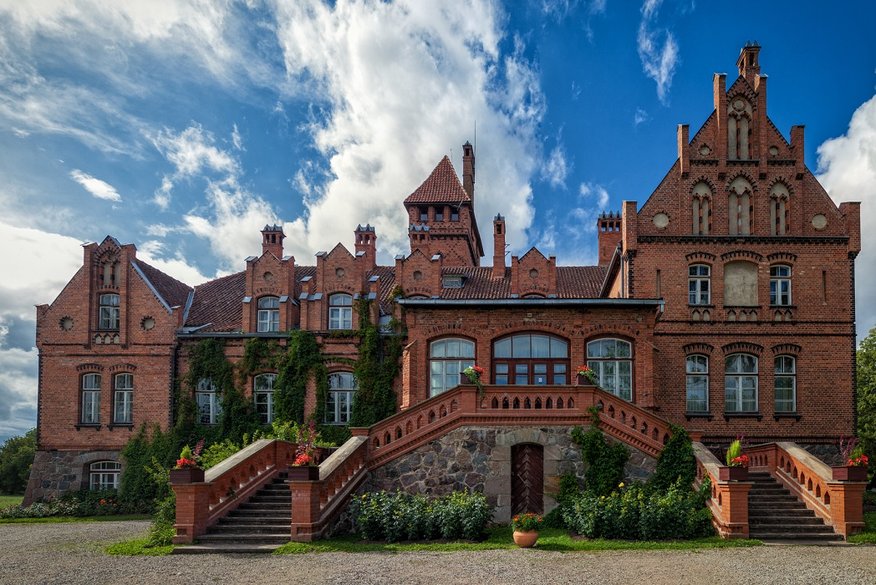
The Tukums area can pride itself on several significant castles: the Jaunmoki, Šlokenbeka, Jaunpils and Durbe castles can all be visited in one day. Each is located in a different but beautiful landscape, and you will discover many interesting tales in the castle museums.
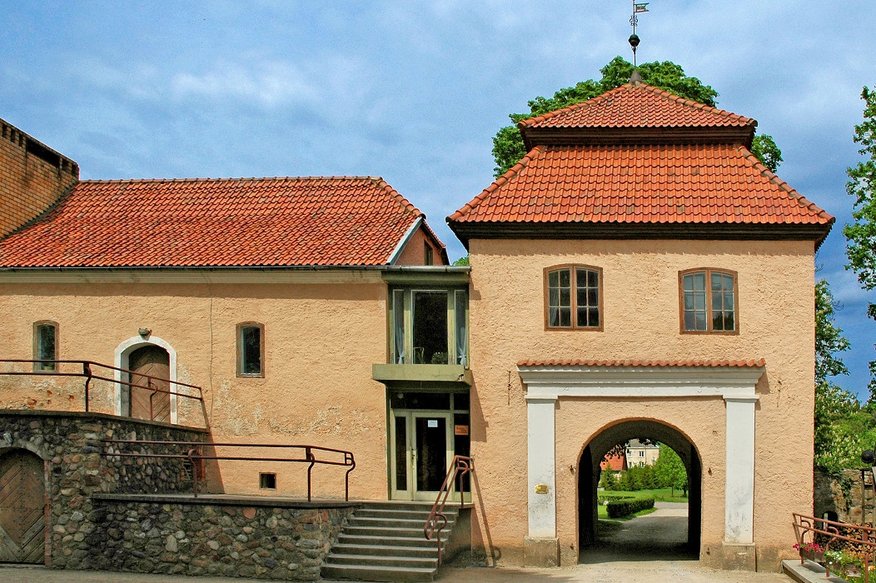
While the trees are still golden, you should also head outside. Tukums county is host to both the Ķemeri National Park, with its beautiful nature trails, and other interesting and educational natural features.
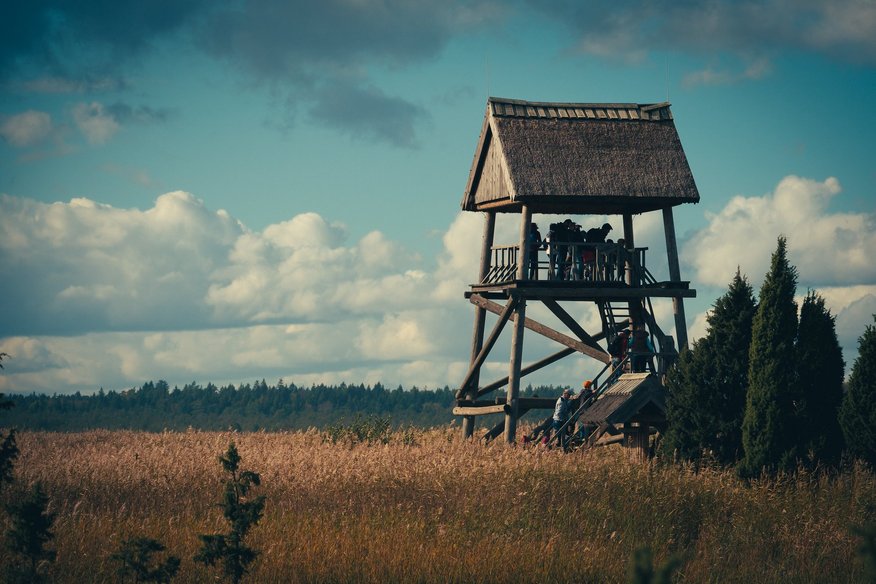
Here are six nature trails and picturesque locations recommended by the specialists at the Tukums County Tourism Centre. (In Latvian)
Classic Sigulda with New Walking Trails
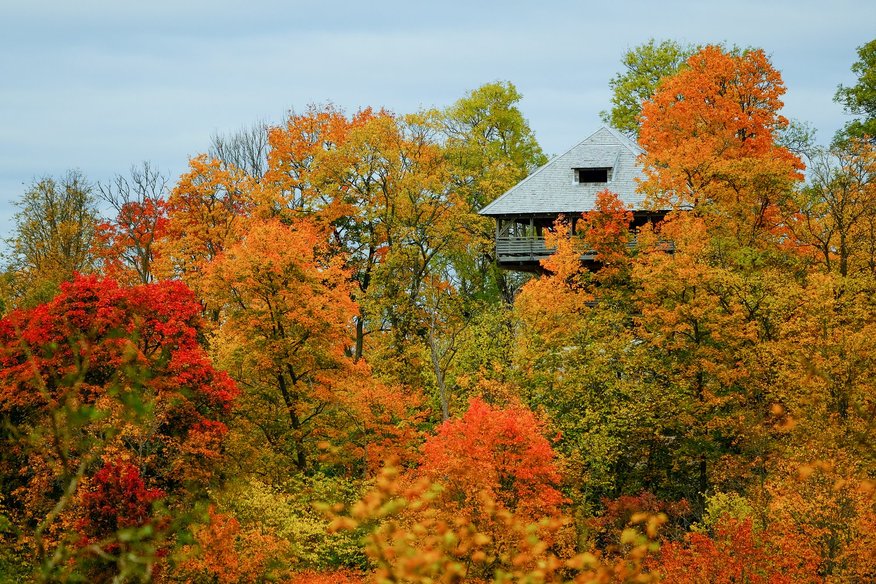
Going to watch the golden leaves in Sigulda has been a tradition since Latvia's first period of independence, when President Kārlis Ulmanis urged people to travel around their homeland. In the past few years, it has been enjoyed not just by visitors from overseas, but also the international media.
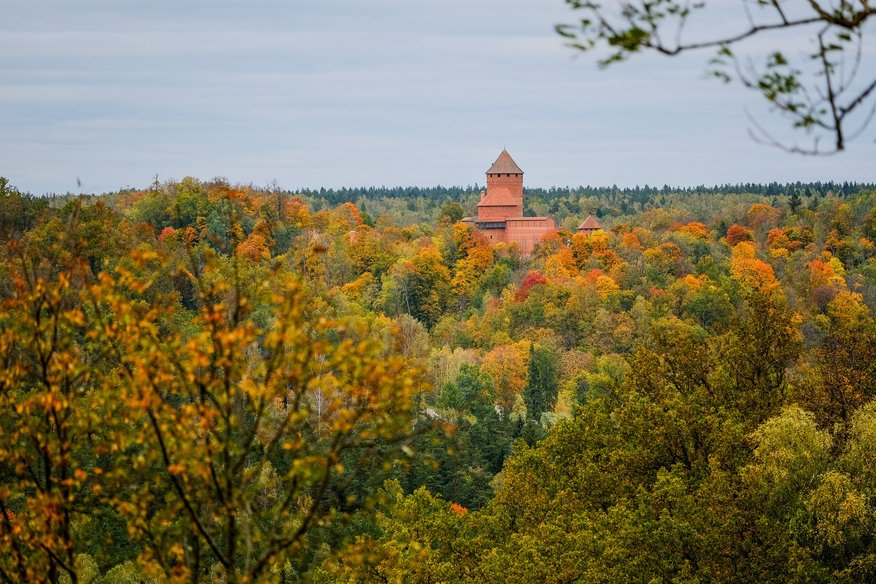
Visitors to Sigulda are invited to go for a walk along the newly-formed walking trails complete with new steps, boardwalks and benches in the Gauja Valley, or to enjoy more active leisure pursuits, explains Sigulda County Council representative Ginta Zīverte. Visitors can enquire about suitable walking, cycling and other routes at the Tourist Information Centre at the train station, or in the car park by Gutmanis Cave.
Additional car parks have been created in the town of Sigulda and in the Gauja Valley.
Ogre's Bridges and Hills
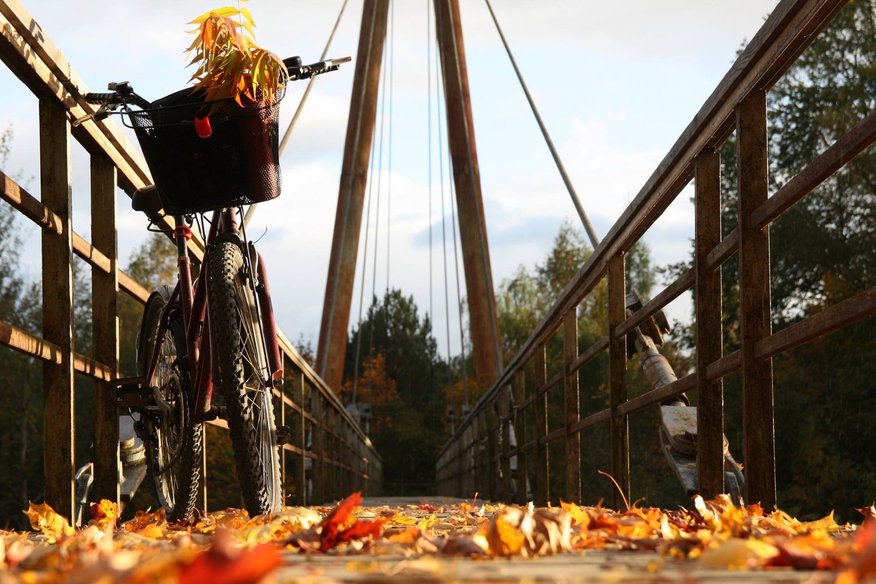
The Ogre River flows through the counties of Madona, Ēŗģli, Vecpiebalga, Lielvārde and Ogre. The river is around 188 kilometers long, the third longest in Latvia, and is a favourite with both boaters and walkers who take advantage of the romantic walks along its banks. The Latvian Fund for Nature has discovered many rare and protected plants along its banks.
In 1966, a pedestrian bridge was built over the river, linking the city centre with Pārogre, the location of an open-air stage and residential houses from the 1920s, 30s and today. This is the largest arched bridge in Latvia: 94 metres long, 4.5 metres wide, and a beautiful place for a walk.
Ķente Castle Mound is an unusual place and the most significant archeological monument in Ogre county. The mound was built on the highest peak of the Grantskalni Hills, which are a continuation of the Ogre Blue Hills. Many of the ancient names are still in use—Vecā Rīga (Old Riga), Kanča Hill, Kamieļmugura (Camelback). In earlier times, there was a lake on the west side of the hills. Address: Fabrikas Street.
Ogre Blue Hills Nature Park. The Blue Hills are a single 312 hectare ridge of steep hills—a legendary part of the Lielie Kangari Hills. The nature park is a protected natural area containing six protected plant varieties. Centuries ago it was the site of a Livonian castle mound, but now it is a favourite destination for both residents of Ogre and visitors. Interesting cross-country skiing courses are installed in the winter, and in the summer, its trails are open to nordic walkers, cyclists and hikers. Meanwhile, the autumn here is full of interesting and picturesque walking trails.
In 2013, the park unveiled a 30 metre-tall viewing tower from which you can view the surrounding area and even, on a clear day, Riga.
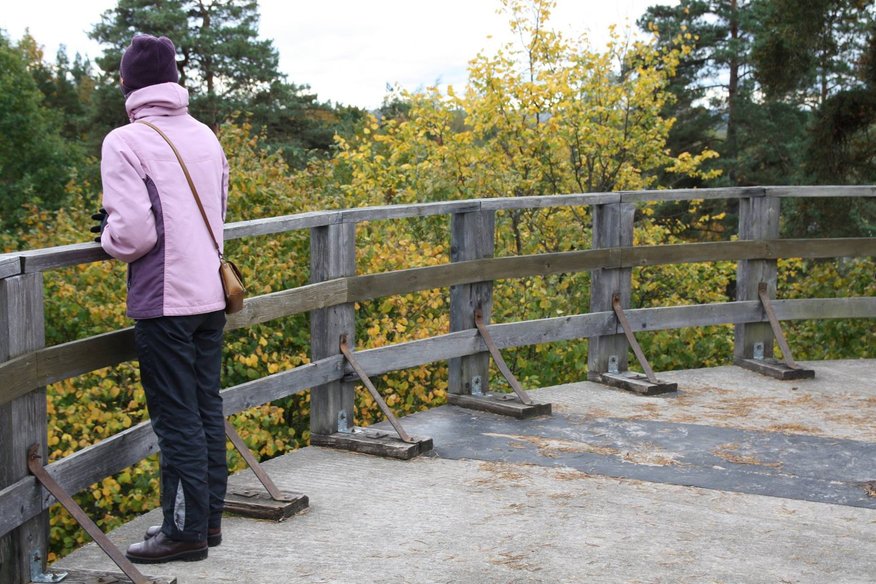
Špakovskis Park. The park is located in Pārogre and is 5.9 hectares in size. Kārlis Zemdega's mermaid sculpture greets visitors at the entrance. More than 400 varieties of shrub and tree from Western Europe, Siberia and even the Far East and the Pacific coast grow in the park.
The centre of the park has a pond with a Love Island in the middle, rhododendrons and water lilies. The park can be viewed from the 1.8 kilometer trail, while a viewing tower is currently being constructed on the highest point of the park, which will afford a wide view of the Daugava. Address: 6 Pavasara Gatve.
Banks of the Gauja at Strenči
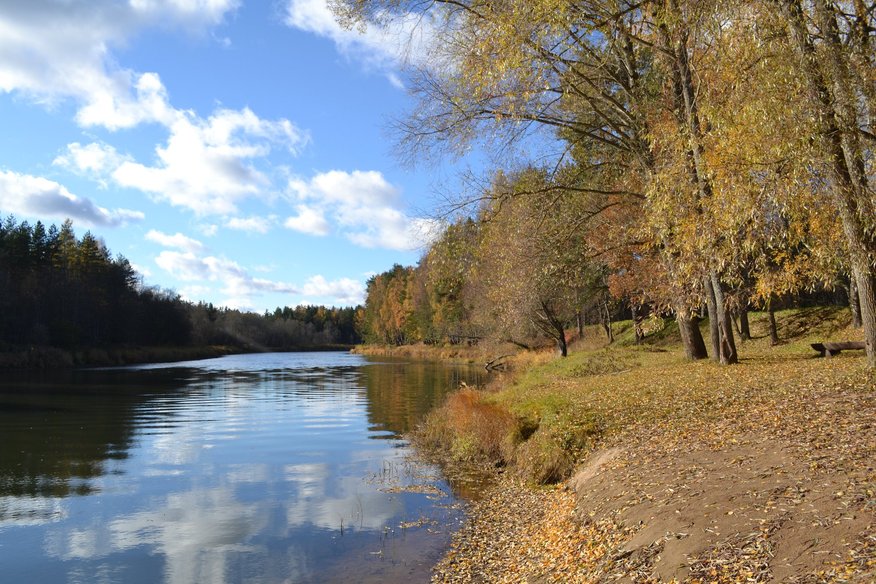
In the northeast of Latvia, on the banks of the swift River Gauja, is Strenči county, formed in 2009 when the towns of Strenči and Seda were joined with the parishes of Jērcēni and Plāņi. This is a hub for Gauja ferrymen and a great place to enjoy the golden autumn and a day outdoors, as well as to find a few interesting historical monuments.
Although this place is most famous for the Strenči Psychoneurological Hospital, it has nevertheless become popular in recent years for the Raftsmen Festival. The Seda bog trail and neat town itself are also wonderful.
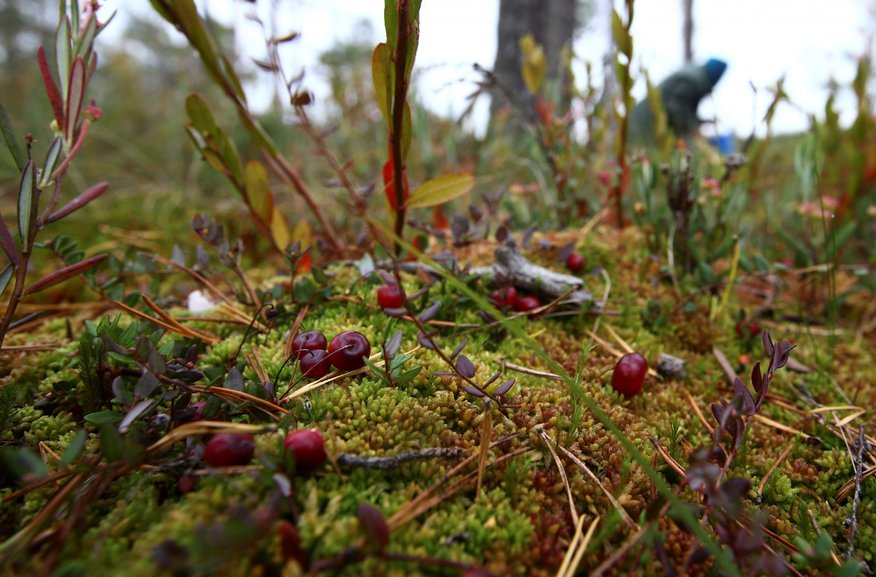
Why not take an autumnal trip there?
Koknese Castle Ruins and Likteņdārzs
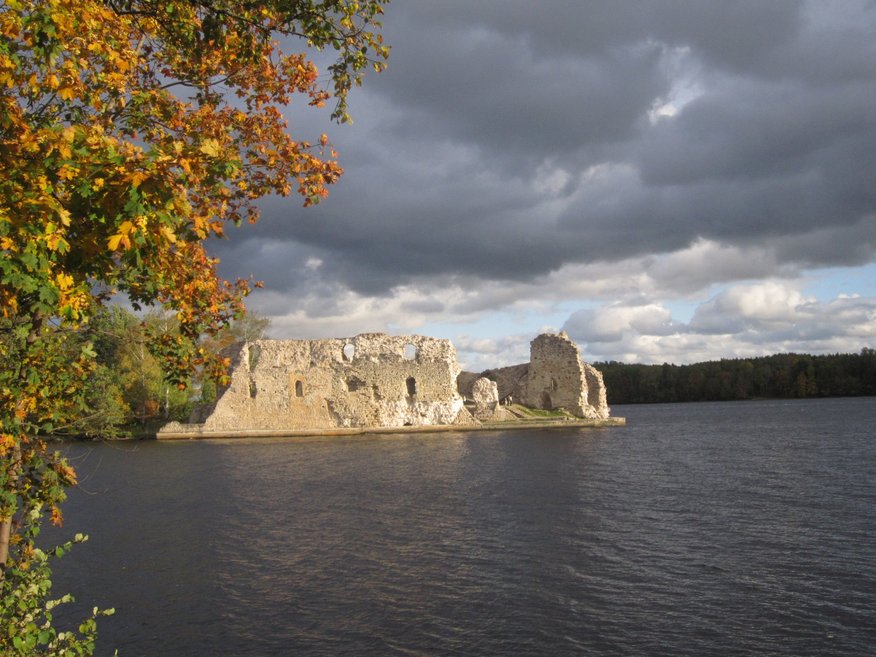
Tourist favourite Koknese is beautiful all year round, especially when the ground is covered in golden leaves! The ancient Hanseatic city allows you to feel the past, present and future joining hands on the banks of the River Daugava. If you look at a map, the outline of Koknese looks like a heart.
Tourist information specialists recommend starting a walk around Koknese along the ancient park full of large trees, where great Latvian writer Rūdolfs Blaumanis once walked. The writer's time in Koknese from 1885 to 1887 is documented at the former manor overseer's house, now owned by Vidusdaugava Forestry. Across the road is a grey building which was the long-time home of Made Svile, who was thought to be the inspiration behind Kristīne in Blaumanis' play "In Fire." Visitors can view the manor landscape garden, which displays both the Latvian and Latin names of the plants.
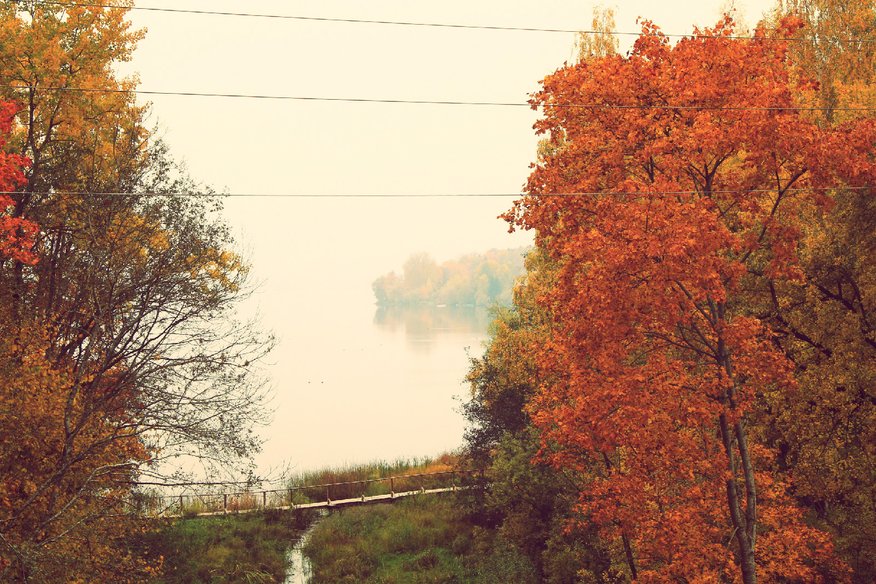
The path of golden leaves will lead you to the medieval ruins of Koknese Castle, with its ancient atmosphere and legend of two lovers. Many waters have flown down the Daugava since the time when Bishop Albert of Riga ordered Koknese Castle Fortress to be built in the place of the ancient Latvian castle, and in medieval times it was the site of countless battles. It is said that the walls were built by mixing lime with milk, which is what made them so strong.
Meanwhile, slightly further out, on an island, is the beautiful Likteņdārzs Garden.